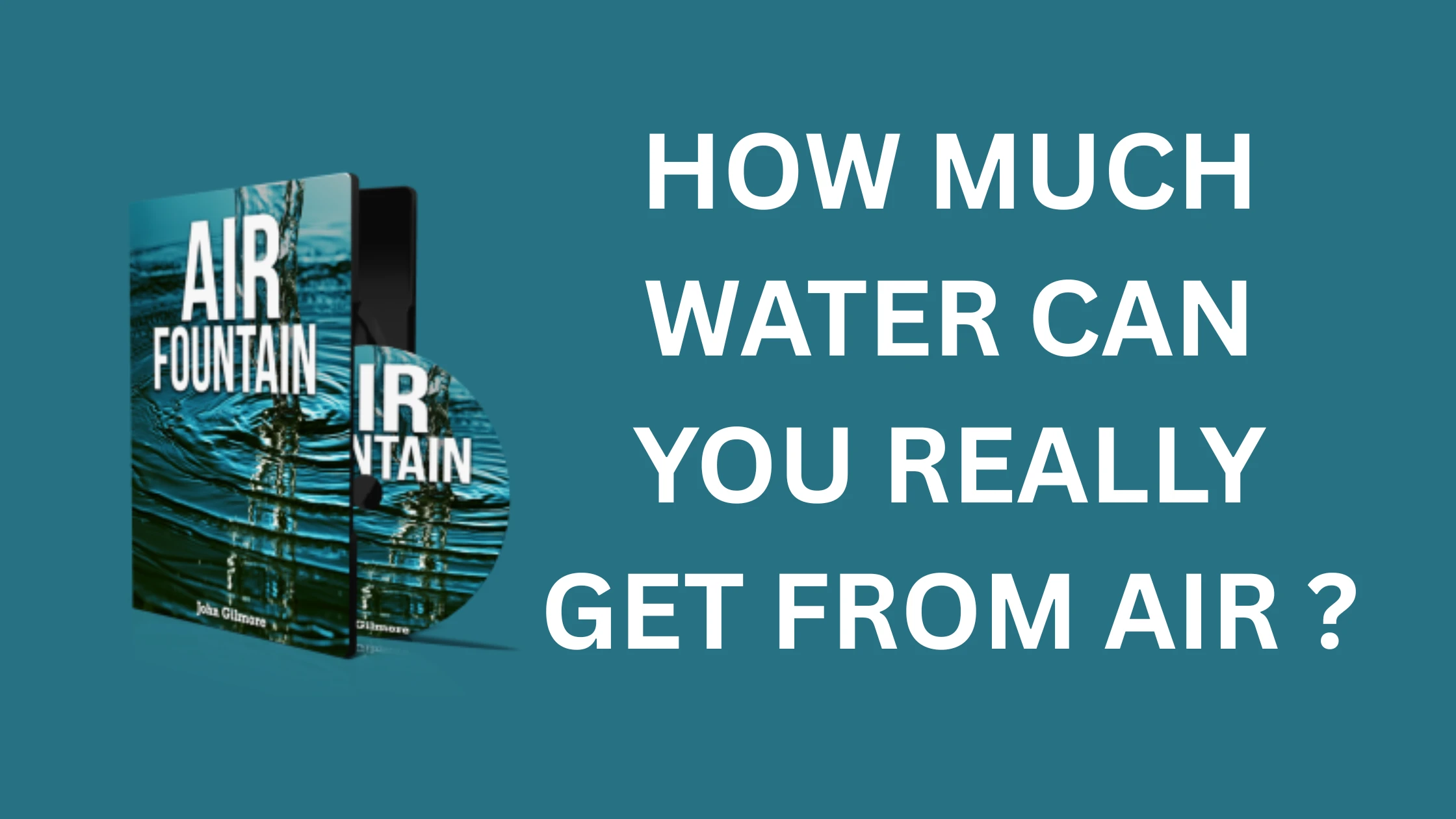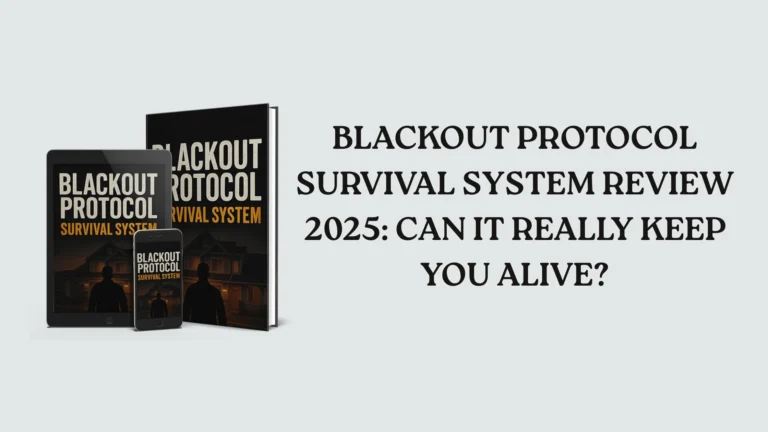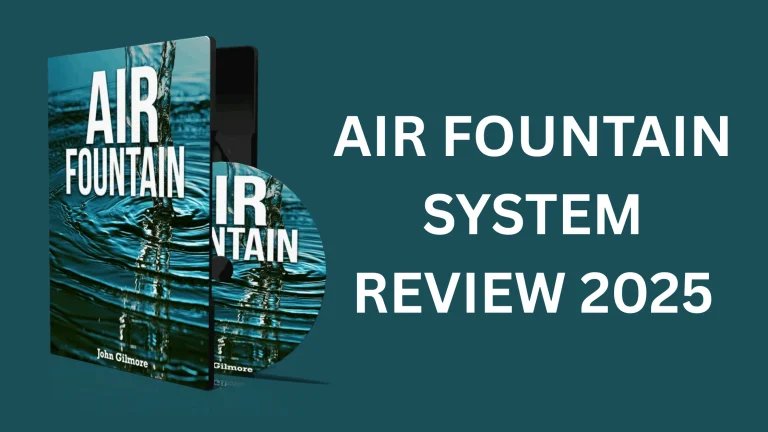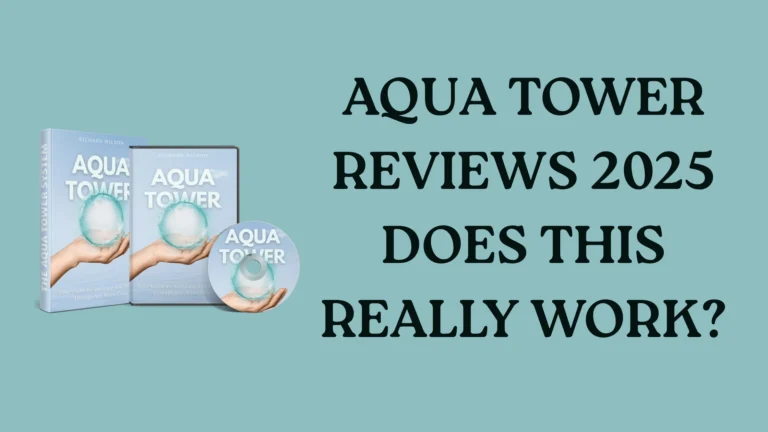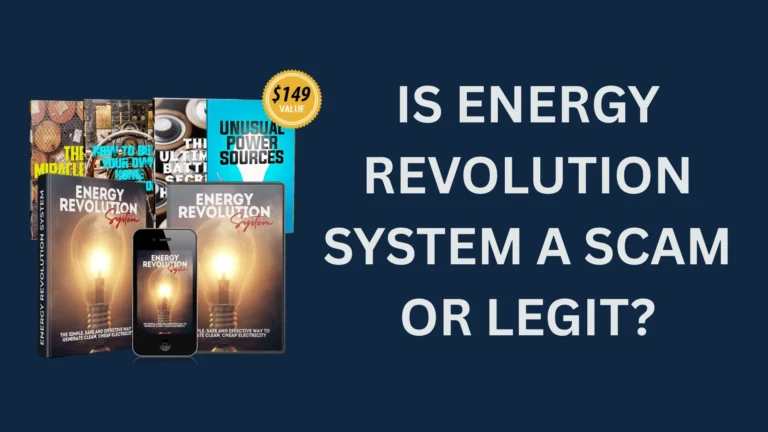How Much Water Can You Really Get from Air? Facts You Should Know
In a world where clean water access is becoming more uncertain, many are turning to atmospheric water generators (AWGs)—devices that literally pull water from air. Sounds futuristic? Maybe. But it’s very real, and it’s changing how people think about water.
One of the most common questions people ask is:
“How much water can you actually get from the air?”
This guide will help you understand the answer with real-world numbers, practical tips, and the key factors that affect performance.
🌫️ What Is Atmospheric Water Generation?
Before we dive into numbers, let’s clear the fog on the concept.Atmospheric water generation is the process of extracting water from the moisture (humidity) in the air. Devices like the Air Fountain System use this method to create drinkable water from thin air—no wells, pipes, or rain required.
Related Terms:
- Air water maker
- Atmospheric water device
- Water from air machine
- Off-grid water system
- Humidity-to-water tech
💧 So, How Much Water Can You Get?
The amount of water you can collect from air depends on multiple factors, but here are some general estimates:
| Humidity Level | Water Output (Daily) | Based on a Mid-Range Device |
|---|---|---|
| 30–40% | 0.5 – 1 gallon | Very low output |
| 40–60% | 1 – 3 gallons | Usable for small households |
| 60–80% | 3 – 5 gallons | Ideal for daily use |
| 80–90%+ | 5 – 10+ gallons | Excellent efficiency |
✅ At 70% humidity and a temperature of 85°F (29°C), many systems like the Air Fountain can produce up to 3–5 gallons of water per day.
🌡️ Key Factors That Affect Water Output
1. Humidity Levels
The single biggest factor is relative humidity. Water from air systems work best in humid environments like coastal areas, tropical zones, and summer climates.
The higher the humidity, the more water vapor is available to condense into liquid form.
2. Air Temperature
Warm air holds more moisture than cold air. That’s why systems work better in hot and humid conditions.
- Best temp range: 75°F to 95°F (24–35°C)
3. Device Size & Capacity
Larger, more powerful machines will extract more water—just like larger dehumidifiers. For example:
- Compact air fountain – 1–2 gallons/day
- Mid-size unit – 3–5 gallons/day
- Industrial models – 20+ gallons/day
4. Location
Air quality, altitude, and indoor vs. outdoor use all play a role. Even placing your unit in a shady or breezy spot can affect performance.
🧪 Real-Life Example: The Air Fountain System
Let’s take the popular Air Fountain System as a reference. It’s one of the leading off-grid water generators available for homeowners and preppers.
In independent testing, the Air Fountain System produced 3–4 gallons per day in an area with 65% humidity and 80°F temperature.
That’s enough to cover:
- Daily drinking needs for a small family
- Water for cooking
- Small-scale cleaning or hygiene use
Explore our full Air Fountain System Review to see how it performs in real life.
🤔 Is That Enough Water for Daily Life?
Let’s break it down:
| Use | Water Needed (Per Person) |
|---|---|
| Drinking | 0.5 – 1 gallon |
| Cooking | 0.5 gallon |
| Washing (hands, etc.) | 0.5 – 1 gallon |
| Showers | 2 – 5 gallons (not always needed) |
So if you’re living off-grid or during an emergency:
- A daily output of 3–5 gallons can cover essentials.
- For full-scale water independence (including bathing, laundry), you’d need multiple units or supplement with rainwater harvesting.
🌍 Where in the World Does It Work Best?
Here are some places where atmospheric water systems thrive:
| Region | Average Humidity | Suitability |
|---|---|---|
| Florida, USA | 70–85% | Excellent |
| Southeast Asia | 75–90% | Excellent |
| Southern California | 50–65% | Moderate |
| Desert areas (e.g., Arizona) | 10–30% | Not ideal (needs backup) |
🔄 Can You Use It Year-Round?
Most systems work year-round if indoor air remains warm and humid. In cold or dry seasons, the output drops unless you:
- Keep the system indoors in a heated room
- Use a humidifier nearby
- Adjust settings for colder climates (some systems offer this)
💸 Is It More Efficient Than Other Water Sources?
Let’s compare:
| Source | Setup Cost | Daily Output | Maintenance |
|---|---|---|---|
| Air Fountain System | Medium | 3–5 gallons | Low |
| Rainwater Harvesting | Low–Medium | Varies (seasonal) | Medium |
| Well (borehole) | High | 20–50+ gallons | High |
| Bottled Water Delivery | Ongoing Cost | N/A | None |
For off-grid survival or emergency preparedness, the air fountain offers one of the most reliable and low-maintenance options—especially when water access is unstable.
💬 Frequently Asked Questions
Q1: Can air fountain systems work indoors?
Yes! Many are designed for indoor use, as indoor air often retains enough humidity—especially in kitchens or bathrooms.
Q2: What if I live in a dry area?
You’ll get less water, but some systems come with built-in humidifiers or work better in low humidity. You might also combine it with other water sources.
Q3: Is the water safe to drink?
Most quality systems have built-in filtration, including:
- Carbon filters
- UV sterilization
- Mineral filters
Always follow the manufacturer’s guidelines and change filters regularly.
Q4: Can I live entirely off air-generated water?
Yes, but with limitations. One unit may not be enough for full independence unless you live in a high-humidity region or combine it with other water sources.
🛠️ Tips to Maximize Water Output
- Place your unit in a warm, humid area
- Avoid cold basements or overly dry rooms
- Keep filters clean and check for dust buildup
- Use during early mornings or nights when humidity spikes
- Combine with a humidifier if needed
🧭 Final Thoughts: Is It Worth It?
If you’re asking, “How much water can I really get from air?”—the short answer is: enough to survive and thrive, depending on where you live.
While you won’t run a full-size washing machine on it, air fountain systems:
- Provide daily clean water
- Work without plumbing
- Are excellent for preppers, campers, off-grid living, or emergency kits
As climate change and urban growth strain our water systems, pulling water from the air might not just be a cool trick—but a life-saving necessity.
